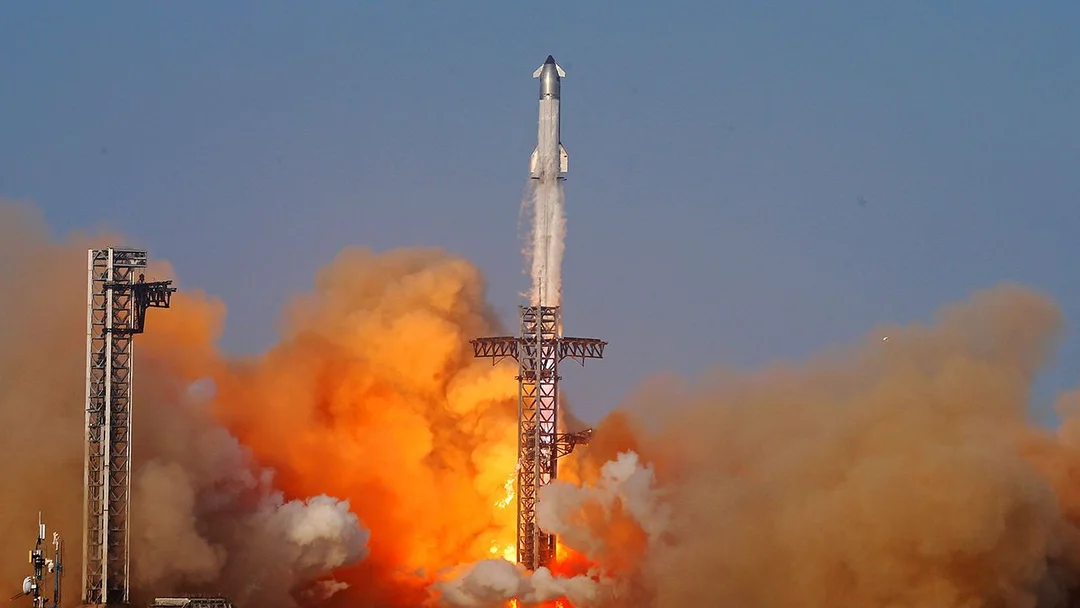
FAA Orders SpaceX Investigation After Starship Flight 9 Encountered Rapid Unscheduled Disassembly
The Federal Aviation Administration (FAA) has mandated that SpaceX conduct a thorough investigation into the events of Starship Flight 9, the latest test flight of its Starship megarocket. The flight, which took place on May 27, 2025, culminated in the destruction of both the Super Heavy booster and the Ship upper stage. While both events are significant, the FAA's primary concern lies with the loss of the Starship vehicle.
"The mishap investigation is focused only on the loss of the Starship vehicle, which did not complete its launch or reentry as planned," FAA officials stated in an update. The agency clarified that the loss of the Super Heavy booster falls under pre-approved test-induced damage exceptions, ensuring public safety requirements were previously met.

Flight 9 marked a milestone for SpaceX, featuring the first-ever reuse of a Super Heavy booster, previously flown on Flight 7. However, the attempted precision of the booster's return and landing ultimately failed.
"Contact with the booster was lost shortly after the start of landing burn when it experienced a rapid unscheduled disassembly approximately 6 minutes after launch, bringing an end to the first reflight of a Super Heavy booster," SpaceX reported in their recap of Flight 9.
The Ship upper stage faced even greater challenges. Intended for a soft splashdown in the Indian Ocean, it experienced an "attitude control error," preventing proper reentry orientation. SpaceX initiated automated safing procedures, but contact was lost roughly 46 minutes into the flight.
Despite the setbacks, Flight 9 demonstrated improvements compared to previous flights. In contrast to Flights 7 and 8, where debris scattered over the Atlantic shortly after liftoff, Flight 9 managed a more extended flight. The FAA has confirmed that there were no reported injuries or damage to public property stemming from the incident, and impacts on U.S. airspace were minimized.
The FAA had activated a Debris Response Area as a precaution, officials explained, but later determined that debris stayed within the designated hazard zone. During the anomaly of Super Heavy Booster, there were zero departure delays, one flight diverted, and one airborne flight was held for 24 minutes.
The FAA's investigation underscores the critical need for SpaceX to understand the causes behind the failure of Starship Flight 9. These findings will undoubtedly shape future tests and refinements to the Starship program, a key component of SpaceX's ambitious vision for space exploration. What are your thoughts on the future of Starship after this incident? Share your opinions in the comments below!
Related issues news
What happened on Starship Flight 9?
But halfway through its uncrewed journey, the spacecraft sprang a propellant leak. That caused it to start spinning out of control. The Starship vehicle used in the test flight was not able to survive the intense heat, breaking up as it fell back into the atmosphere.
Did SpaceX Starship explode?
SpaceX's Super Heavy booster and Starship rocket exploded during a test flight on Tuesday, the third consecutive setback for Elon Musk's company. Tuesday's un-crewed mission was the ninth test flight. The system suffered prior explosions in January and March.
Was Starship Flight 9 a success?
SpaceX's ninth Starship test flight ended in failure. The mission aimed to deploy eight Starlink simulator satellites and test reentry with 100 heat shield tiles intentionally removed. The payload door failed to open during the flight.
Did Musk's rocket explode?
Elon Musk's Starship rocket will try to launch again tonight Tuesday's voyage comes after two spectacular failures earlier this year that saw the test vehicles explode high above the Caribbean, scattering debris and forcing aircraft in the region to scramble. Starship is the largest rocket ever built.